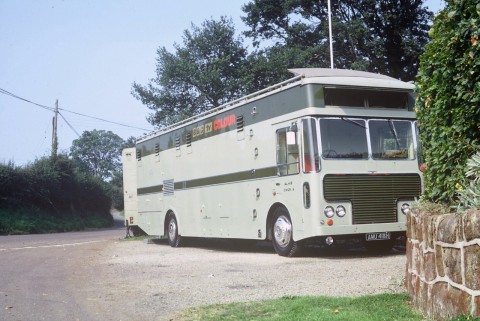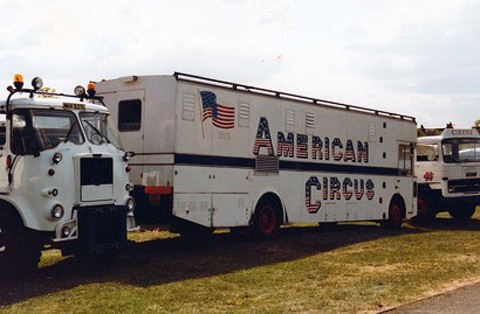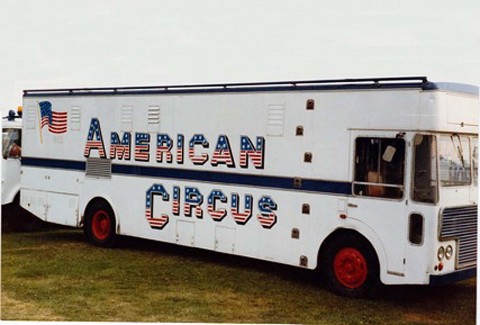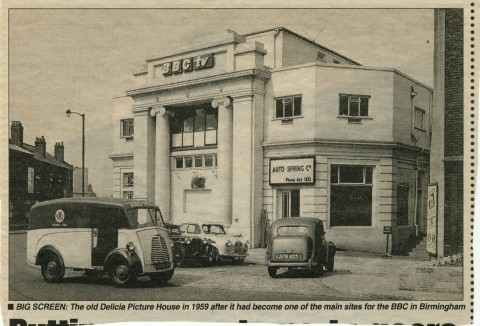[Here is the thirteenth part of Colin Pierpoint’s blog about his BBC career]
I think the Pebble Mill at One programme needs no explanation to our readers, but I was asked by the Deputy Manager Comms and Engineering Services, John Stark, to be the communications co-ordinator for the pilot programme, which was to try out the system. The mixing point or gallery was the Birmingham scanner CMCR6 or 9. This was parked in the garage area where there was a wallbox with tielines to the Communications Centre. I was rushing round from here to VT and Comms Centre trying to get circuits established. I don’t think everyone in Operations knew that I had actually been allocated to do this, perhaps I should have explained to those I came into contact with. The reason for using the scanner was that Studio A at Pebble Mill must have been in use. On other days the scanner was at Gosta Green to give colour facilities on a drive in basis. (Gosta Green studio was never converted to colour, and was eventually sold as a black and white studio).
Colin Pierpoint



